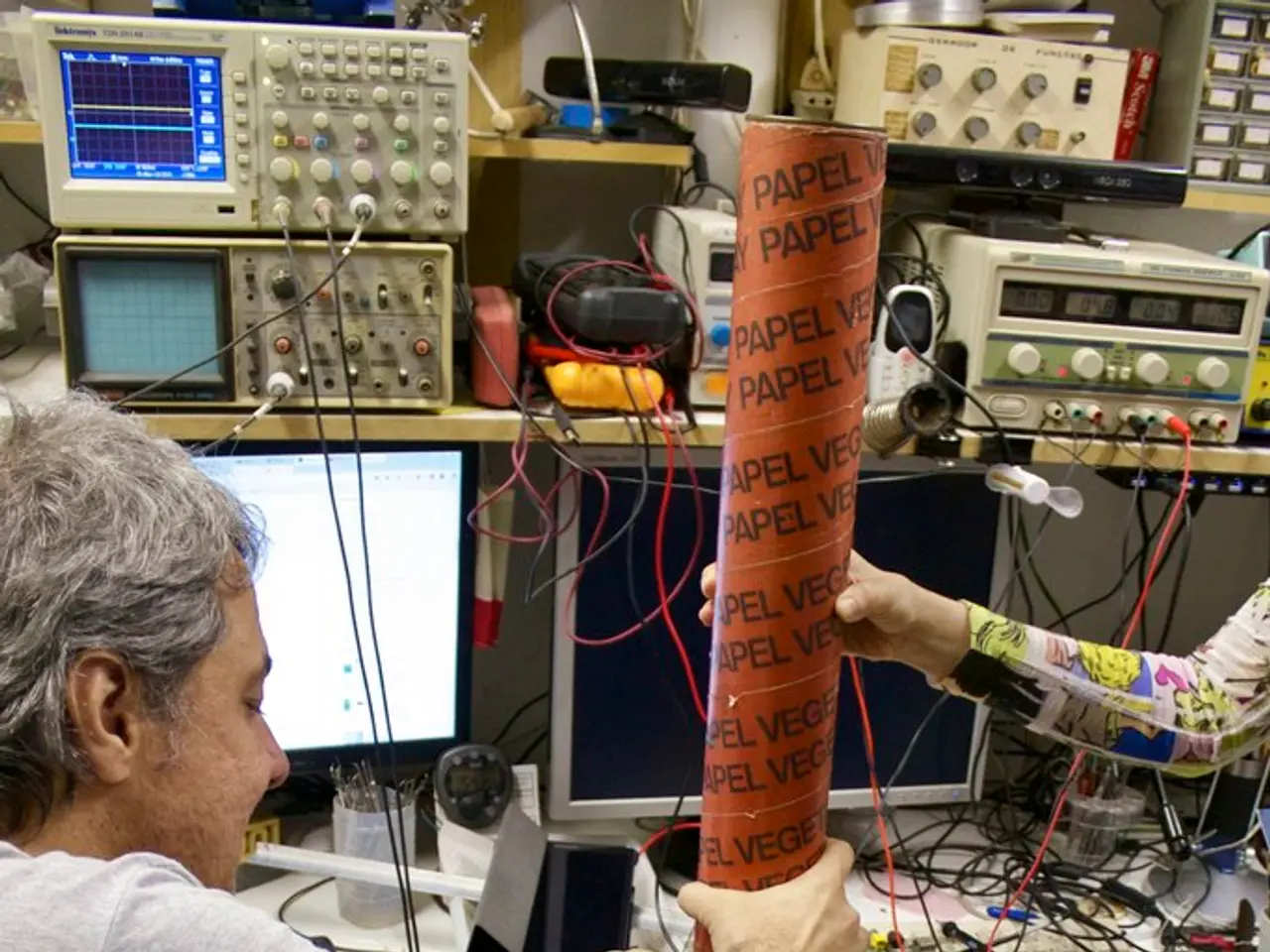Fifteen Aspects Enhanced by Augmented Reality
In the rapidly evolving world of technology, Augmented Reality (AR) is making significant strides, particularly in the healthcare industry. This innovative technology overlays digital elements onto the real-world environment, creating a composite view of physical and digital elements.
AR is being used in diverse and expanding applications within healthcare, impacting therapy, surgery, medical education, and patient care. Key uses include therapeutic applications, surgical support and training, improved patient engagement and personalized care, enhanced diagnostic procedures, emergency assistance, and medical education and research.
Therapeutic Applications: AR is employed in exposure therapy for anxiety disorders, PTSD, phobias, and cognitive rehabilitation, offering immersive and interactive treatment environments that improve patient engagement and outcomes.
Surgical Support and Training: AR provides surgeons with enhanced visualization by superimposing critical anatomical information, such as CT or MRI scans, directly onto the surgical field. This "augmented view" increases precision, safety, and efficiency during operations and aids preoperative planning and surgical training through realistic simulations, allowing surgeons to practice procedures risk-free.
Improved Patient Engagement and Personalized Care: AR tools help patients better understand complex diagnoses and treatments by visualizing conditions in 3D, which fosters clearer communication and informed decision-making. It also supports physical therapy and rehabilitation by offering gamified exercises and real-time feedback to motivate patients and improve adherence.
Enhanced Diagnostic Procedures: For example, AR applications like AccuVein project vein maps onto the skin, assisting healthcare providers in accurate blood draws and IV placements, reducing pain and errors. Moreover, innovations like Google’s AR Microscope augment cancer detection by overlaying AI-highlighted suspicious cells in real-time.
Emergency Assistance: AR apps can show the real-time location of automated external defibrillators (AEDs), facilitating faster response in cardiac emergencies.
Medical Education and Research: AR enriches anatomy education with interactive 3D models and aids research by enabling new ways to visualize complex data such as molecular structures or patient-specific information, improving learning and scientific analysis.
In summary, AR in healthcare is improving clinical decision-making, surgical precision, therapeutic effectiveness, patient experience, and provider training. By 2025, these applications are expected to become more widespread across hospitals, clinics, and academic institutions, fundamentally transforming healthcare delivery.
The advancements in AR technology are due in part to the use of innovative materials such as Holographic Polymer-Dispersed Liquid Crystal (HPDLC), Liquid Crystal (LC) materials, Dichromated Gelatin (DCG), monomers, and nanoimprint lithography. These materials have led to the creation of Holographic Optical Elements (HOEs) with excellent optical properties and high diffraction efficiency, which will continue to drive the development of new HOEs and expand their use in a variety of applications.
The hardware components of an AR system include a display, camera, sensors, and interaction devices. Head-mounted displays (HMDs) and smart glasses are two popular types of AR device form factors, with HMDs being used for immersive experiences and smart glasses for more practical applications. The development of more advanced computer vision and machine learning algorithms has also contributed to the evolution of AR technology, allowing devices to recognize and track physical objects in real time for more accurate and seamless integration of digital elements into the real world.
These advancements illustrate AR’s significant role in making healthcare more interactive, precise, and effective in 2025 and beyond. The future of AR in healthcare looks promising, with the potential to revolutionize the way we diagnose, treat, and educate in the medical field.
**Summary Table of AR Healthcare Applications:**
| Application Area | Description | Examples | |----------------------------|----------------------------------------------------------|---------------------------------| | Therapy | Exposure therapy, cognitive rehab, pain management | PTSD, anxiety, phobia treatments[1] | | Surgical Support & Training | Overlaying imaging in surgery, surgical simulations | Enhanced imaging during operations, preoperative planning[1][2][3] | | Patient Engagement | 3D visualization of conditions, gamified rehab exercises | Improving understanding and adherence[1] | | Diagnostics & Procedures | Visualizing veins, AI-assisted microscopy | AccuVein, Google’s AR Microscope[2][5] | | Emergency Assistance | Locating AEDs in real-time | AR navigation to AEDs[2] | | Medical Education & Research | Interactive anatomy models, data visualization | Anatomy teaching, molecular visualization[3] |
Science and technology continue to collaborate in advancements for Augmented Reality (AR) applications in healthcare. Materials such as Holographic Polymer-Dispersed Liquid Crystal (HPDLC), Liquid Crystal (LC) materials, Dichromated Gelatin (DCG), monomers, and nanoimprint lithography contribute to the development of Holographic Optical Elements (HOEs), improving the precision and effectiveness of AR in various healthcare areas.
In the future, AR could revolutionize diagnostic procedures, as seen with applications like AccuVein and Google’s AR Microscope. Furthermore, it potentially transforms medical education and research by providing interactive 3D models and new ways to visualize complex data.




